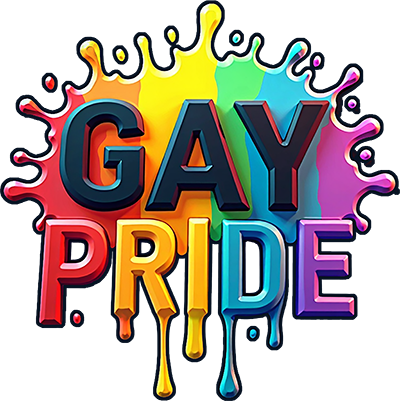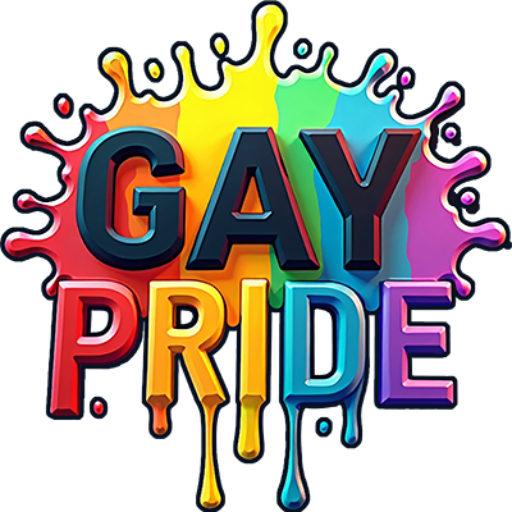The History of Pride: From Protest to Celebration
Pride has become a vibrant celebration of identity, diversity, and love. But before it was a rainbow-lit party, it was a protest—a fight for rights, recognition, and respect. Understanding the history of Pride not only honors those who paved the way but also strengthens our commitment to equality today. 🌈
Table of Contents
1. Introduction
2. The Origins: A Fight for Rights
3. The Stonewall Riots: A Turning Point
4. The Birth of Pride: The First March
5. From Protest to Celebration: Evolution of Pride
6. Pride Today: A Global Movement
7. Conclusion
8. FAQ
The Origins: A Fight for Rights
Before Pride became synonymous with parades, it was rooted in struggle. In the early and mid-20th century, being openly LGBTQ+ was met with severe societal and legal repercussions. Many faced discrimination, imprisonment, and even violence simply for living authentically. The LGBTQ+ community began organizing in small, often secretive groups, advocating for basic rights and recognition.
The Stonewall Riots: A Turning Point
Perhaps the most pivotal moment in LGBTQ+ history, the Stonewall Riots of 1969, marked the beginning of a new era. On June 28, police raided the Stonewall Inn, a popular gay bar in New York City. Fed up with constant harassment and brutality, patrons and neighborhood residents fought back. The riots lasted several days, igniting a nationwide fire for change. The Stonewall Riots became the catalyst for the modern LGBTQ+ rights movement, symbolizing resistance and resilience. ✊
The Birth of Pride: The First March
In 1970, exactly one year after the Stonewall Riots, the first Pride marches were organized in New York, Los Angeles, and Chicago. These marches were not just celebrations; they were acts of defiance and demands for visibility and acceptance. Participants carried signs and chanted slogans, transforming their pain into power. This was the beginning of what we now know as Pride Month, celebrated every June in honor of Stonewall.
From Protest to Celebration: Evolution of Pride
As the years passed, Pride evolved. What started as a series of protest marches began to incorporate elements of celebration. Music, dance, and art became integral parts of Pride events, reflecting the vibrant diversity of the LGBTQ+ community. By the 1980s and 1990s, Pride parades had become colorful, joyous expressions of identity and community solidarity.
However, the fight for rights continued alongside the festivities. The AIDS crisis in the 1980s galvanized the community, leading to increased activism and awareness. Pride events became platforms for advocacy, fundraising, and education, emphasizing the ongoing struggle for health and human rights.
Pride Today: A Global Movement
Today, Pride is celebrated in cities and countries around the world, each bringing its unique flavor to the festivities. From San Francisco’s extravagant parade to Tokyo’s vibrant street parties, Pride has become a global symbol of unity and love. 🎉
While many countries have made significant strides in LGBTQ+ rights, others still face severe challenges. Pride events often serve as a reminder of the work that still needs to be done and the importance of global solidarity. In some regions, Pride remains a protest, highlighting the ongoing fight for equality and justice.
Conclusion
The journey from protest to celebration reflects the remarkable progress that has been made in the fight for LGBTQ+ rights. Yet, it also underscores the challenges that remain. Pride is a reminder of past struggles, a celebration of progress, and a call to action for future change. As we wave our flags and dance in the streets, we honor those who came before us and continue the fight for those who cannot yet celebrate freely. 🌟
FAQ
What is the significance of the rainbow flag?
The rainbow flag, designed by Gilbert Baker in 1978, is a symbol of LGBTQ+ pride and diversity. Each color represents different aspects of life, such as healing, sunlight, and nature.
Why is Pride celebrated in June?
Pride Month is celebrated in June to honor the Stonewall Riots, which occurred at the end of June 1969. It’s a time to remember the struggles and celebrate the progress made in LGBTQ+ rights.
How can I support the LGBTQ+ community during Pride?
You can support the LGBTQ+ community by participating in Pride events, educating yourself on LGBTQ+ issues, supporting LGBTQ+ businesses, and advocating for equal rights in your community.
Are Pride events only for LGBTQ+ people?
No, Pride events are inclusive and welcome allies who support equality and diversity. Everyone is encouraged to join in and celebrate together.
How have Pride events changed over the years?
Pride events have evolved from political protests to vibrant celebrations of diversity, though they still maintain a strong advocacy component. They’ve grown in size, inclusivity, and cultural significance.

